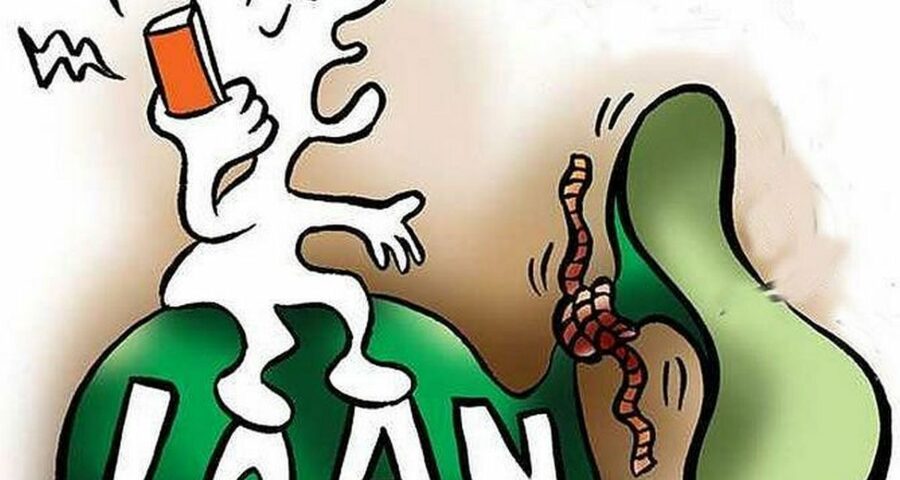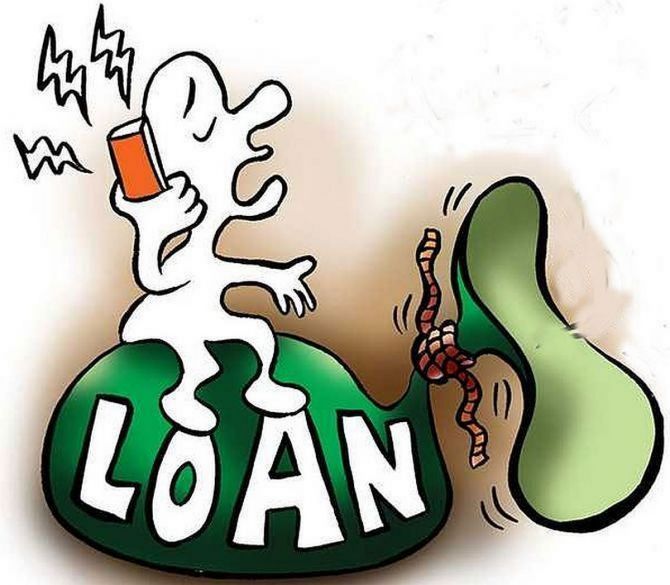While rising interest rates and tighter liquidity are giving negative signals for the financial sector, increasing economic activity could mean higher business volumes for lenders.
Liquidity in the banking system has moved from Rs 8 trillion surplus into a deficit of Rs 33,000 crore over the 2022 calendar year.
By the end of November, bank credit had grown 17.5 per cent YoY (year-on-year).
Policy rates have risen by 225 basis points (bps).
What is the impact on non banking financial companies or NBFCs?
They have higher cost of funds compared to commercial banks and their lending patterns are on the whole, riskier.
However, bank credit to NBFCs is showing a strong trend and the NBFC liquidity environment continues to remain comfortable.
As of October, bank lending to NBFCs is up 16 per cent year to date or YTD (up 7 per cent month-on-month or MoM).
Moreover, top-rated NBFCs have been able to issue bonds to the tune of about Rs 30,000 crore per month.
So NBFCs are not likely to be cash-strapped if demand for credit rises.
The spread above G-sec rates for NBFC AA and AAA bonds remains quite low, at around 50-60 bps.
As such, the topline growth should outweigh the NIM (net interest margin) pressure.
Two of the key markets are vehicle finance and mortgages, comprising approximately 28 per cent and 40 per cent, respectively, of total disbursals for NBFCs.
One key market — commercial vehicle (CV) hypothecation — has seen strong growth due to replacement buying, increased mining, infrastructure and e-commerce activities, unlock trades, and stabilising freight rates.
While fuel prices are elevated, they are also showing signs of stabilising.
Further pick up in the cycle for CVs should lead to an even higher demand.
While both banks and NBFCs will face NIM compression, since borrowing costs have increased, there will be volume growth in the vehicle finance market.
Along with CVs, the passenger vehicle market has also picked up due to festival season demand, though it remains to be seen how this sustains.
Tractor sales have improved on good monsoon and hopes of a good rabi season.
Auto financiers are confident that H2 (second half of the 2022-23 financial year or FY23) will be better, in terms of growth, as activities have increased, in mining and construction.
NBFCs such as Shriram Finance (earlier Shriram Transport), M&M Finance, Cholamandalam, Sundaram Finance should all do well. Since this vehicle market is largely fixed rate, the ability to pass on future rise in cost of finance could be limited.
In the mortgage market, banks have to abide by the EBLR (external benchmark lending rate) which has risen sharply as policy rates were hiked, and hence, bank mortgage rates have also gone up.
This gives NBFCs in the housing finance market a competitive edge.
HDFC for example, is offering rates that are around 20 bps lower than ICICI Bank, State Bank of India, etc.
The other major NBFC in the housing market — LIC Housing Finance — is in the process of trying to convert from fixed rate to floating rate in its offers, and this could lead to a lower volume growth.
Fixed rate loans are generally at a premium of 300-350 bps over current floating offers with a 3-year reset format.
A third key market – microfinance — will generate around 18 per cent of the NBFC portfolio, dropping in share from around 27 per cent last year.
The sector has been deregulated, which allows players to hike rates to compensate for rising cost of finance.
As such, MFI players like CreditAccess Grameen could see higher NIMs.
Source: Read Full Article


